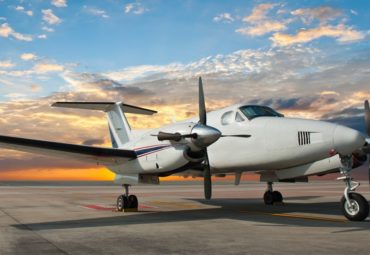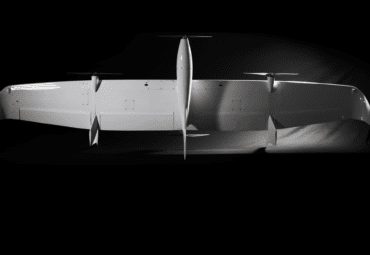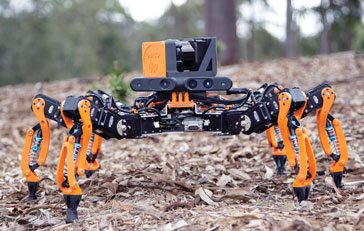
- 3D Printing
KMCA
KMCA
KMCA was tasked with building models using traditional stick construction but would have taken 8 weeks and cost about $20,000. With 3D printing, the model was printed mostly as a single piece as this approach made it possible to provide a high level of detailing while eliminating the time and cost involved in producing and assembling most of the individual parts.


